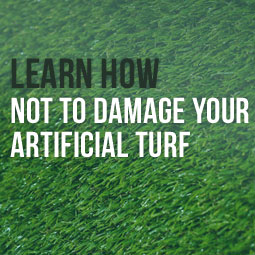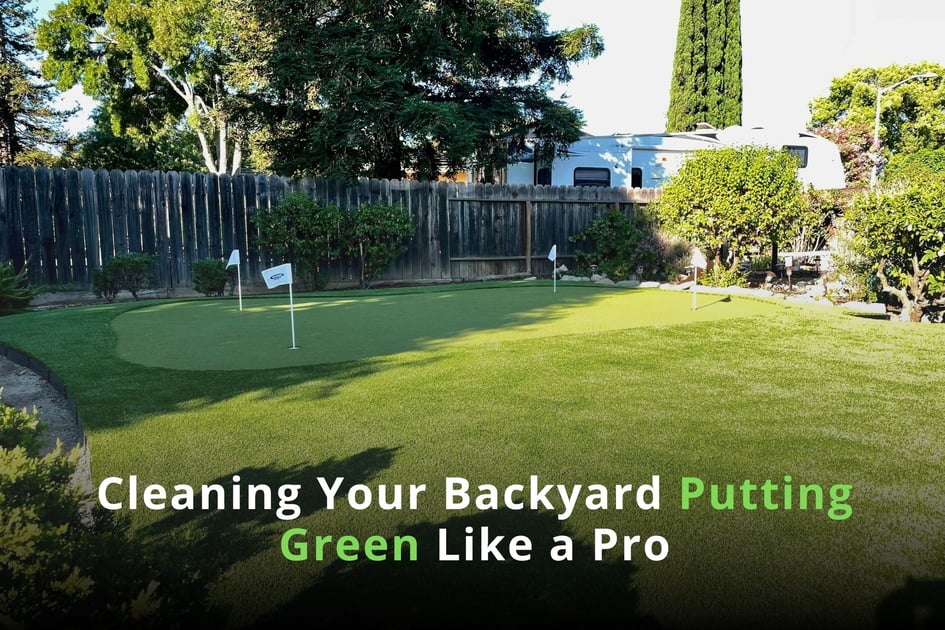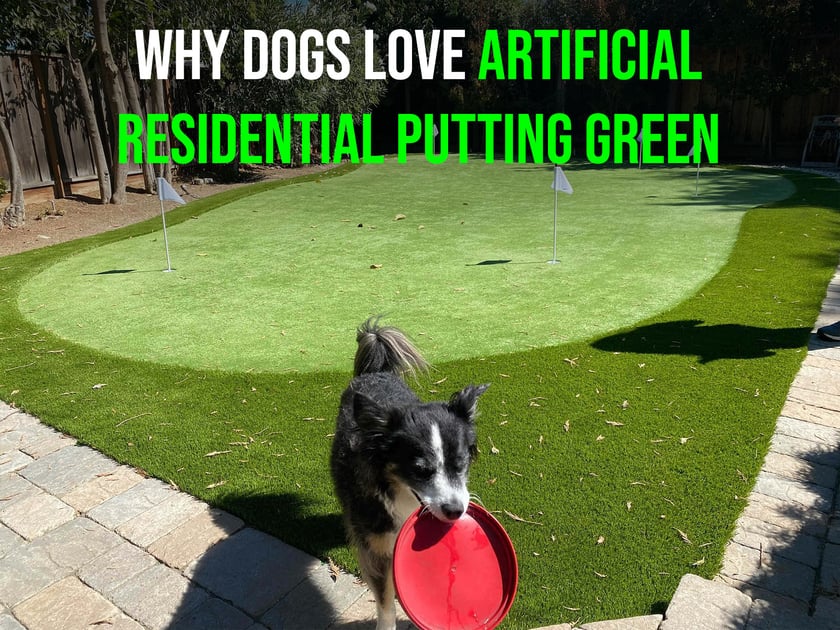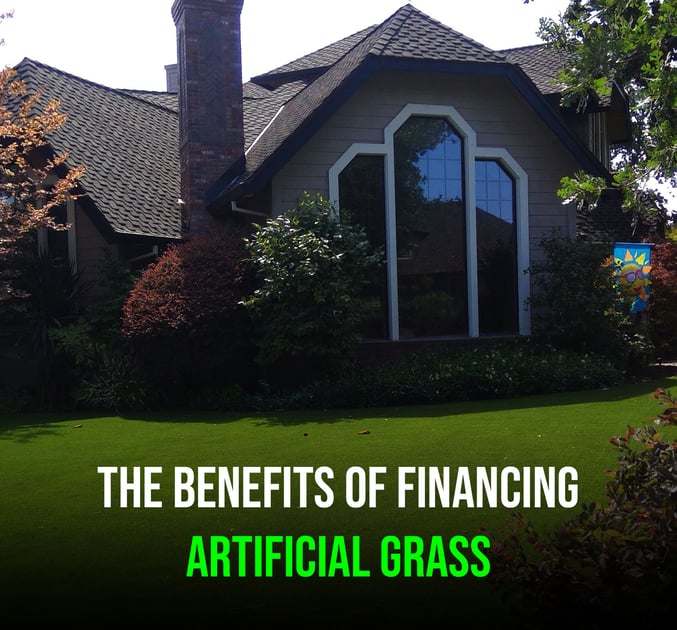 Artificial turf is designed to withstand almost anything that nature can dish out. It is extremely durable and will last decades when properly installed and cared for. Much like our pets tend to wreak havoc on natural grass lawns, we as humans, can cause just as much damage to artificial turf if we aren't careful. Much of the damage we cause is accidental and could have been prevented if we had paid closer attention to what we were doing.
Artificial turf is designed to withstand almost anything that nature can dish out. It is extremely durable and will last decades when properly installed and cared for. Much like our pets tend to wreak havoc on natural grass lawns, we as humans, can cause just as much damage to artificial turf if we aren't careful. Much of the damage we cause is accidental and could have been prevented if we had paid closer attention to what we were doing.
Keep An Eye Out For Debris
With artificial turf, it is important to always keep debris off of the turf. Sticks, limbs and branches can have sharp edges that can poke through the fabric mesh. This can lead to irregular wear and tear, causing large rips or holes to appear as time goes by. Heavy wind and rain can knock twigs and limbs from the trees. It's important to walk the lawn every few days and make sure all types of debris are dealt with accordingly, this not only prevents, but keeps the area looking its best and the visual appeal of your property high.
Put Pavers Under Grills Or Around Stationary Barbecue Pits
Stationary barbecue pits and gas grills produce a fair amount of heat. Excessive exposure to heat can damage the blades as well as the mesh fabric that makes up the underside of the artificial turf. If not watched, hot embers or ashes can pop out of the fire and end up on the turf, melting the blades and damaging the turf. The best way to protect your turf from this type of damage is to use cement pavers or bricks. When building a base using pavers, it should be approximately 18 to 24 inches outward from the base of the grill or the pit. This provides ample room for embers to fall without getting near the artificial turf.
Don't Use Sharp Objects Near The Turf
If you have landscaped areas that make up the outer edges of your lawn, remember to keep the sharp edges of your gardening utensils away from the artificial grass fabric. Much like twigs and branches, hoes, shovels and rakes can have sharp points or edges that can cut or damage the mesh and fabric used to make the artificial turf. Put the tools in a bucket with the sharp edges inside so they won't damage them turf when you set them down. This also allows you to carry several utensils at one time without having to make more than one trip.
Don't Spin Tires Or Put Excessive Pressure On The Turf
Many people use small lawn garden tractors to haul or move objects from place to place. When driving on artificial turf, try not to spin the tires or put so much pressure on the turf that it starts to slip. This can cause tears where the turf is being held in place by the spikes or staples. Loosening the fasteners can also cause them to come up from the ground and damage your tires. Always drive at a slow speed and don't try to move more weight than the machine you are using will allow.
Protecting your turf from damage is not hard. In fact, much of it has to do with common sense. If you can't do it on your indoor carpeting, it's probably not a good idea on your outdoor artificial turf. After a few month's time, caring for your new artificial turf will be second nature and you won't have to worry so much about the little things that can cause your turf to wear faster than normal. With a little extra care your artificial grass can last upwards of 25 years. Take some time to get to know what you can and can't do and then start to enjoy your new maintenance free lawn!












